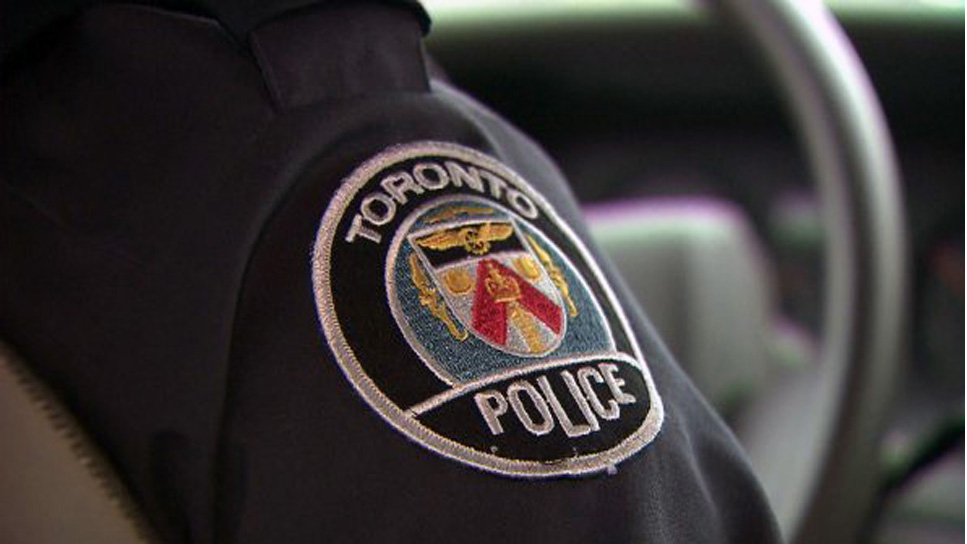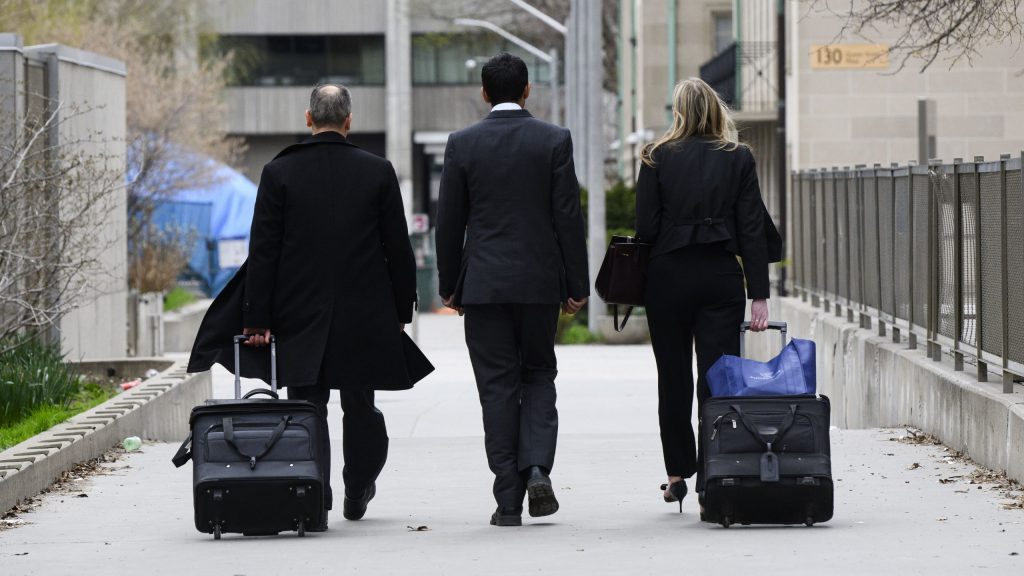OPINION: Stop Talking About Coalitions
Posted June 17, 2010 1:06 pm.
This article is more than 5 years old.
Courtesy TheMarkNews.com
Oil spills and the end of the Gores’ marriage can only consume so many column inches before the media starts to cast about for a story to fill the void.
Enter the supposed Liberal-Democrat merger. I’m not referring to Nick Clegg’s Lib Dems forging a coalition with David Cameron’s Tories in the U.K. Rather, I’m referring to the chatter on the Hill of a merger between the Liberals and the New Democrats.
We need to clear up a few things.
Mergers are not extraordinary and are part of Canada’s political past. More recent examples include the Reform/Alliance merging with the Progressive Conservatives. There’s also the governing Saskatchewan party, rising from the ashes of the decimated Saskatchewan Conservatives and disgruntled Liberals (incidentally, the Saskatchewan party started as a collection of right-wingers who merged to oust the governing New Democrats).
But a merger between the New Democrats and the Liberals is an ill-conceived notion. Even though NDP Leader Jack Layton and Liberal Leader Michael Ignatieff disavow any behind-the-scenes merger talks, and whether or not this is the media grasping at a trial balloon floated by resident Liberal ass-kicker Warren Kinsella, any idea of a merger should be led behind the shed and shot.
It’s baffling to me that any Liberal would want to see the end of the Liberal party because of a four-year dry spell. The Liberals have been in opposition longer than that — most recently for eight years during the Mulroney (and ever so briefly, the Campbell) government. But while the polls are grim for the Liberals, the Conservatives aren’t exactly stratospheric in popularity. In short, the Liberals would be foolish to toss away Canada’s oldest federal party because of sagging polls and an unpopular leader. We’re not talking about the 1993 PCs with its two post-election MPs.
While never having formed government at the federal level, the NDP has been extraordinarily influential. From universal health care to pensions to a broader social safety net, the NDP has promoted programs of compassion that many Canadians now consider part of our national identity. The NDP, a party of policies, is seeing its electoral fortunes rise and should not hitch its wagon to a party in the midst of an identity crisis; nor should it abandon its social democratic principles to support a centrist party and in the process, quite likely get buried by Liberals much as the Progressive Conservatives were consumed by Reform/Alliance. Also, Jack Layton is the most popular federal leader — a popularity that has benefited the NDP as a whole.
Finally, a merger would impoverish the Canadian electoral landscape, Americanizing our political system into a horse race between two parties and two parties only. Views would be homogenized and big tent politics would do nothing to enrich and nourish various political views.
Electoral cooperation is merely a budget merger. I think it distorts the democratic process by depriving voters the chance to vote for the parties they support. While electoral cooperation certainly wasn’t the death knell for Stéphane Dion, many Liberals and Green party members were less than thrilled when Dion struck such a deal with Green Leader Elizabeth May.
One should also be wary of mergers or electoral cooperation in light of parties of second choice; that is, if a Liberal decides not to vote for her party, what’s her back-up plan? In a March 2010 Ekos poll, 19 per cent of Liberal voters chose the Conservatives as a second choice, with 33 per cent shifting their vote to the NDP and 18 per cent opting for the Greens. Over a quarter (27 per cent) said they had no second choice. As for the NDP, 31 per cent chose the Liberals as a second option, with 21 per cent shifting to the Greens, and 28 per cent said they had no second choice. While a significant amount of the vote stays within centre and left-wing parties, a sizable number of voters would simply stay home if their first choice was unavailable.
Coalitions are another matter. Although the prime minister has unleashed incendiary invective toward a Liberal-NDP coalition, he knows full-well that coalitions aren’t just for “winners.” In 2004, Harper joined Layton and Bloc Québécois Leader Gilles Duceppe to inform then governor general Adrienne Clarkson: “We respectfully point out that the opposition parties, who together constitute a majority in the House, have been in close consultation. We believe that, should a request for dissolution arise this should give you cause, as constitutional practice has determined, to consult the opposition leaders and consider all of your options before exercising your constitutional authority.”
Coalitions are a critical component of our Westminster system. As former senator Eugene Forsey writes in “How Canadians Govern Themselves”: “If a cabinet is defeated in the House of Commons on a motion of censure or want of confidence, the cabinet must either resign (the governor general will then ask the leader of the Opposition to form a new cabinet) or ask for a dissolution of Parliament and a fresh election.”
Therefore, a post-election coalition or a coalition formed following a want of confidence vote are perfectly legitimate.
But let’s talk about the electoral system itself. If centrists and progressives want to see the end of Harper’s brand of conservatism, certainly an impetus for the coalition or merger talks, then we must put an end to our winner-takes-all plurality or “first-past-the-post” (FPTP) system.
FPTP has resulted in numerous “false” majorities — majority governments formed with less than the majority of the vote. Indeed, Canada has had a mere four governments elected by a majority of voters since the early 20th century. It’s offensive to democracy that a party with 30 per cent of the vote can feasibly sit as a majority government.
In the 2008 federal election, the Conservatives won 143 seats, 77 went to the Liberals, the BQ had 49, the NDP 37, and independents two. But under proportional representation (PR), where if a party receives 40 per cent of the vote it receives 40 per cent of the seats, the Conservatives (with 38 per cent support) would be reduced to a still strong 117 seats, the Liberals (26 per cent of votes) would improve to 80 seats, the NDP (18 per cent) would be up to 55, the Bloc (10 per cent) would have 30, and the Greens with seven per cent of the vote would go from no seats to 21. About three seats would be left for other parties (as per the 2008 election results).
There are myriad reasons why PR and other fair voting systems have floundered in Canada, chief among them being governing party apathy. Under PR, the Liberals, often dubbed “Canada’s natural governing party,” would most likely not witness a majority again (false or real). But they would be required to do what many are entertaining they do now: form a coalition.
Let’s stop the talk about mergers and monolithic parties and start addressing electoral reform. After all, the combined forces of the Liberals and NDP can do more than challenge Harper’s agenda; they can push for a system that responds to Canadians’ electoral wishes.
The Mark News is Canada’s online forum for opinion and analysis.










